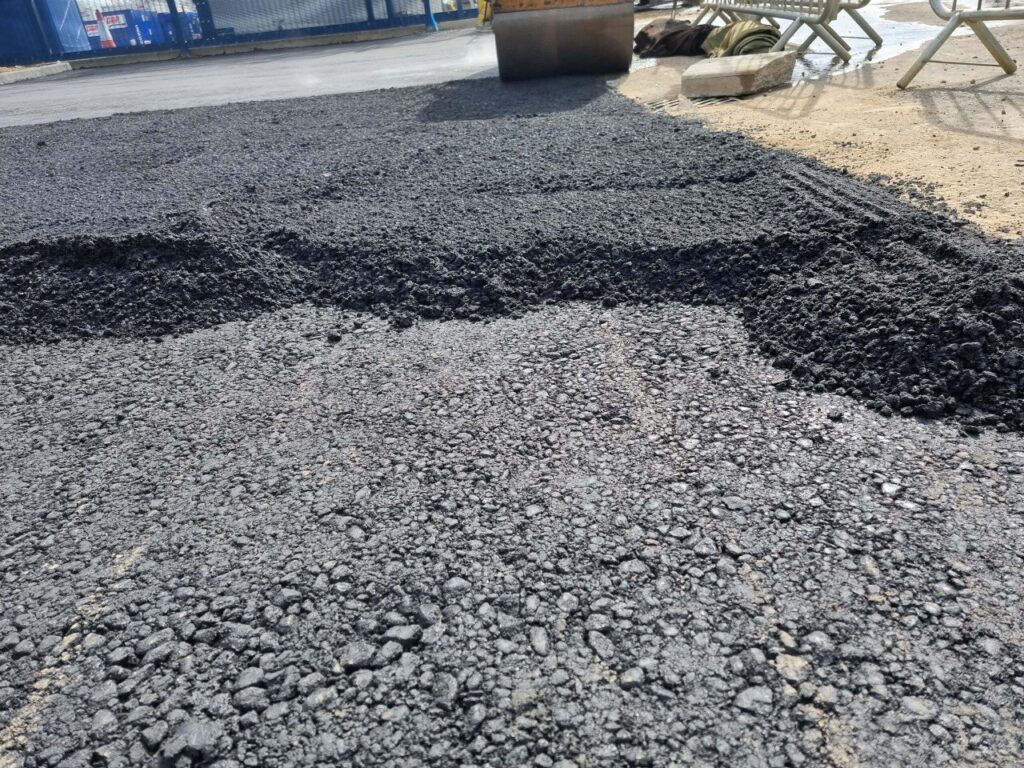How to Repair and Restore Worn Resin-Bound Surfaces
Resin-bound surfaces are a popular choice for driveways, pathways, and patios due to their durability, aesthetic appeal, and low maintenance requirements. However, like any surface exposed to the elements and regular use, they can show signs of wear over time. If you’re noticing that your resin-bound surface in Ramsgate, Kent, is looking a little tired, don’t worry—there are effective ways to repair and restore it to its former glory. In this blog post, we’ll walk you through the steps to revive your resin-bound surface and why choosing Ramsgate Driveways for professional restoration is the best decision.
Identifying Signs of Wear and Damage
Before diving into the repair process, it’s important to identify the specific issues affecting your resin-bound surface. Common signs of wear include:
- Fading Colour: Prolonged exposure to sunlight and weather can cause the vibrant colours of your resin-bound surface to fade.
- Loose Stones: Over time, the resin may begin to deteriorate, causing the aggregate stones to become loose or dislodged.
- Cracks or Holes: Heavy traffic or impacts can lead to cracks or small holes in the surface, which, if left untreated, can worsen.
- Stains and Discolouration: Oil spills, dirt, and other contaminants can leave unsightly stains that detract from the appearance of your driveway.
Steps for Repairing and Restoring Resin-Bound Surfaces
- Surface Cleaning The first step in restoring a worn resin-bound surface is a thorough cleaning. Use a pressure washer to remove dirt, moss, algae, and any loose debris. Be careful not to use excessive pressure, as this can damage the resin. For stubborn stains, a mild detergent or specialised resin cleaner can be applied.
- Repairing Cracks and Holes Small cracks and holes should be repaired promptly to prevent further deterioration. This involves filling the damaged areas with a resin-bound patching material that matches the existing surface. It’s essential to ensure that the patch is level with the surrounding area for a seamless finish.
- Rebinding Loose Stones If you notice loose stones, these can be fixed by applying a fresh layer of resin over the affected area. This rebinding process helps to re-secure the stones and restore the surface’s integrity. It’s important to use the same type of resin and aggregate to maintain a consistent appearance.
- Recolouring Faded Areas To address colour fading, a UV-stable pigmented resin can be applied to refresh the surface. This not only restores the vibrant colour but also adds an extra layer of protection against UV rays, ensuring that your surface stays looking good for longer.
- Sealing the Surface Finally, applying a clear resin sealer can provide additional protection against stains, water penetration, and general wear. This sealing layer enhances the longevity of the surface and makes future maintenance easier.
The Importance of Professional Restoration
While some minor repairs can be done as DIY projects, restoring a resin-bound surface to a high standard requires professional expertise. At Ramsgate Driveways, we have the knowledge, experience, and specialised equipment to carry out comprehensive repairs and restorations. Our team ensures that every repair is performed with precision, using high-quality materials that match your existing surface, leaving it looking as good as new.
Conclusion
Resin-bound surfaces are a durable and attractive option for driveways and pathways, but like any surface, they can wear down over time. By following the steps outlined above, you can effectively repair and restore your resin-bound surface, extending its lifespan and maintaining its visual appeal. For residents in Ramsgate, Kent, who want a professional finish, Ramsgate Driveways offers expert restoration services that guarantee top results. Contact us today to learn more about how we can help you restore your resin-bound surface to its best condition.
Call us on: 01843 265 695
Click here to find out more about Ramsgate Driveways
Click here to complete our contact form and see how we can help with your Driveways needs.

